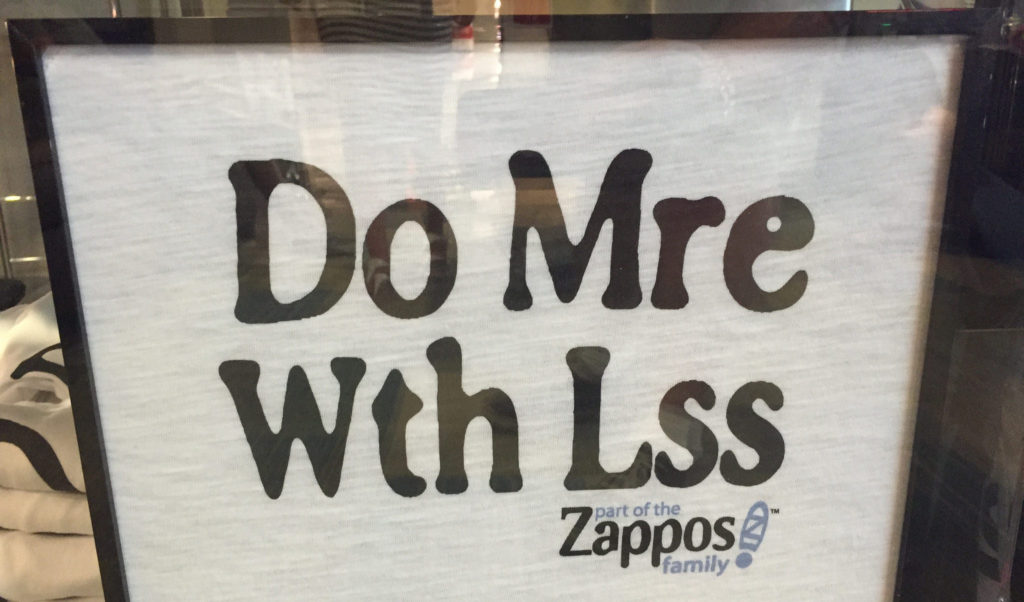When Gregory Bateson was developing his double-bind theory, he must have been trying to comply with Plan S. When a person is put in a double bind, the instructions are contradictory. It’s not possible to satisfy one set of conditions without violating the other. This will make you crazy, if you aren’t already. The double bind comes into play in scholarly publishing when some groups want publishers to do more and more and others insist that publishers should make do with less. After all, publishers apparently have a 40% profit margin, so stop whining and share the wealth.
The New York Times is on the case. Working with ProPublica the Times has exposed a pattern of insufficient disclosures of conflicts of interest.This is important stuff and the Times is to be commended for exposing this. If Dr. Jones is on the board of a pharmaceutical company and then proceeds to write an article about one of that company’s products, she should disclose her financial interest; if Dr. Smith has his expenses paid by a company to attend a conference, he should disclose that payment in his published articles. We would expect no less, but what the Times and ProPublica have demonstrated is that compliance is spotty at best. We are fortunate that these failures to disclose conflicts have not resulted in anything else. As the Times says, “There is no indication that the research done by . . . the . . . doctors with incomplete disclosures was manipulated or falsified.” Still and all, “The Times and ProPublica found that journals themselves often gave confusing advice and did not routinely vet disclosures by researchers, although many relationships could have been easily detected on a federal database.” Note that phrase “easily detected.” We will be coming back to that.
As the Times tells it, this is a story about ethics, but insiders in scholarly publishing will note how selective the Times’s piece is. The examples in the article come from three journals: The New England Journal of Medicine (NEJM), The Journal of Clinical Oncology, and The Clinical Journal of the American Society of Nephrology. As they say, this is not exactly chopped liver. There are no references to PLOS, Scientific Reports, Frontiers, or any of the denizens of Beall’s List or Cabell’s List or any list that is not concentrated on the Ivy League of subscription-based journals publishing. This is not to give NEJM and its cohort a pass but simply to remark, superfluously, that the Times is living in its own filter bubble, where established and distinguished editorial operations survey the horizon and see only kindred organizations. The message is, You should be doing more.
Meanwhile, back at Plan S, we learn that not only must publishers comply with a stiff set of requirements (incisively documented by Angela Cochran on the Kitchen) but they are also to be put on notice that their article processing charges (APCs) must not be too high. We don’t know yet what an acceptable APC will be or whether it will be an instance of moving the goal posts (that would be my guess), but the message is, You have to do all these things with less money. Since publishers have 40% profit margins, stop complaining.
Let’s turn to the back of the envelope. The conflicts that the Times point out could, says the Times, be easily detected. Depending on whom you ask, there are between 2 and 3 million articles published every year. For comparison’s sake, the Times, which is a hefty publication, publishes about 300 stories a day or approximately 100,000 a year. In other words, scientific article production (at 3 million a year, to capture all the emerging open access platforms) is the equivalent of a year’s worth of about 30 New York Times’s. It would take a significant amount of labor to check on all the conflicts. But you can automate it, right? After all, we can look to the great success Facebook has had in automating the process of removing hate speech from its platform. As some society publishers scratch their heads trying to figure out where they will find the capital to hire more staff or for automation, we should not worry — because publishers have 40% profit margins.
Some more arithmetic. As I have noted on the Kitchen before, the average amount of money subscription-based publishers receive per article published is around $5,000, which you get to by dividing the approximate number of toll-access articles (perhaps 2 million) into the size of the industry segment (about $10 billion). Some publishers earn far more than $5,000 per article, but not the ones you think (with their 40% profit margins) but mostly society publishers with must-have brands built on important and original research and global distribution. If Plan S’s backers put downward pressure on APCs, as appears to be certain, publishers will scramble to reduce costs, which will reach into the editorial area. Thus the Times’s “easily detected” conflicts of interest become harder and harder to investigate.
So here we are in the double bind of scholarly publishing today. On one hand, we need to do more: we need stronger editorial programs to police the literature. On the other hand, we need to spend less (insert reference to 40% profits here).
I’m with the Times. For all its solipsism and sanctimony, it understands what we want from the research community, whereas the advocates of Plan S, despite their privileged vantage as the funders of much research, do not. What the public wants is better science, not open science. Plan S has put those two forces in conflict, and it is driving everybody crazy.
Go to original article



